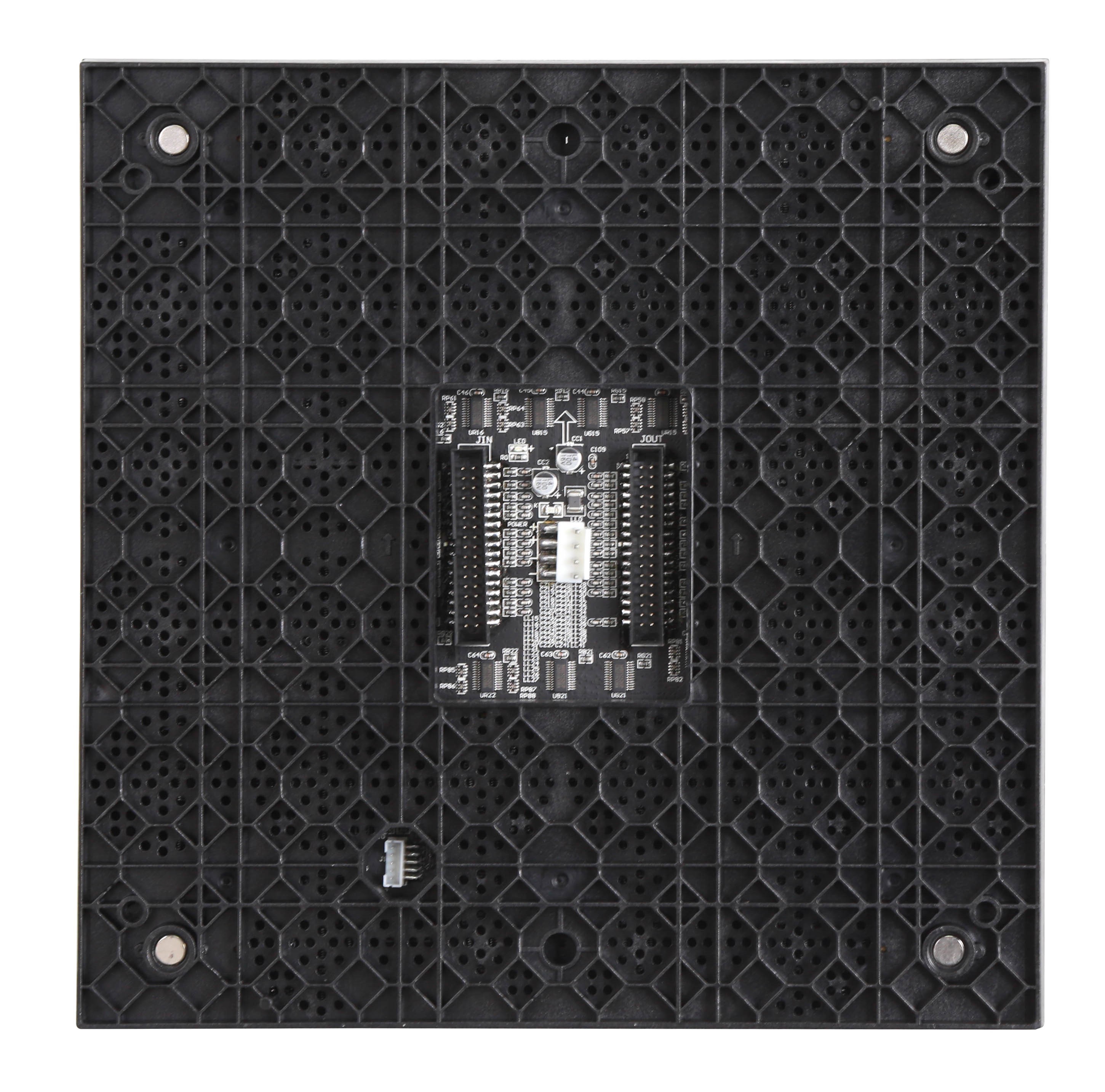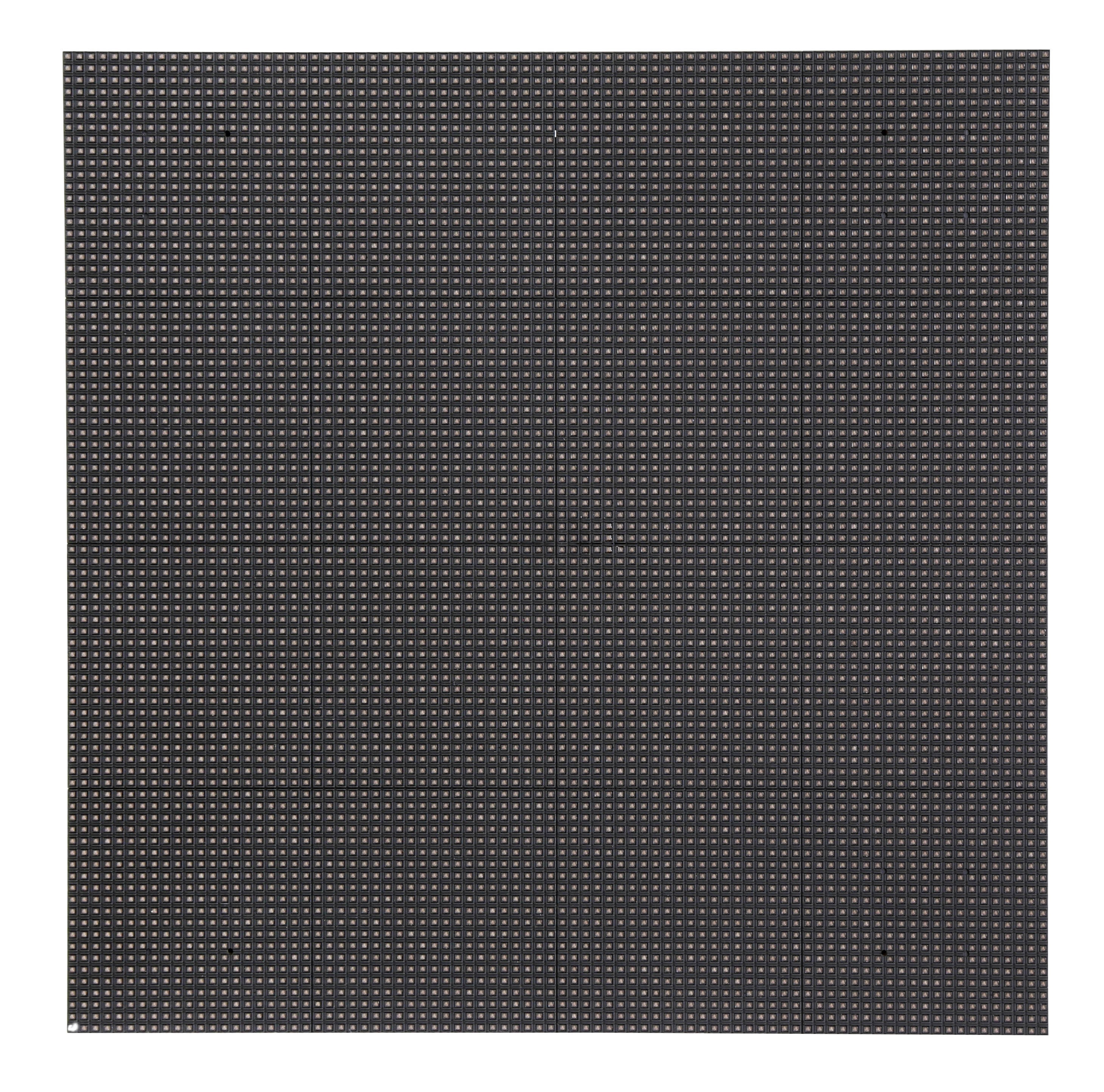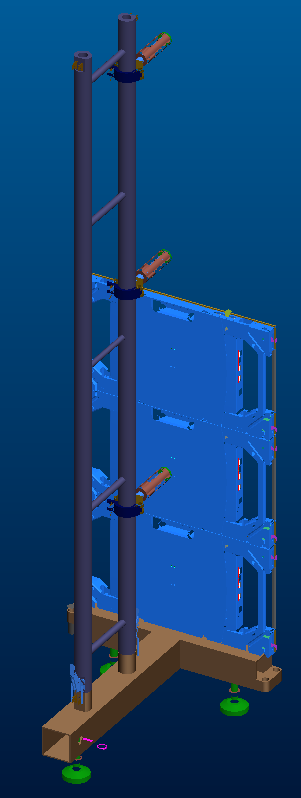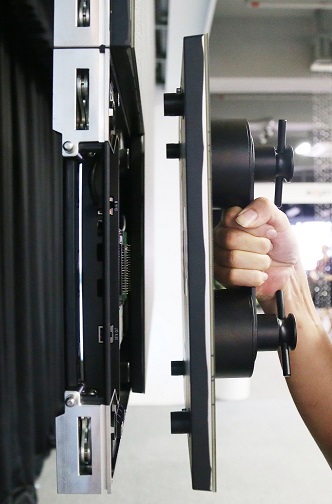
A couple of years ago, projectors were used almost everywhere in negotiations and conference rooms. They are relatively cheap, give a large picture without seams, are easy to handle (relatively). But at the same time they require darkness and curtains, noise (cheap), warm the room.
Now LED screens are comparable in price to good projectors - and at the same time they are devoid of the listed disadvantages. Technology is developing, competition is growing, the price is falling, the Chinese are getting richer. Therefore, our customers are increasingly taking them into negotiations. It would seem that the business - as we choose the TV, and choose the LED screen. But no.
They simply are not delivered ready - it is always a Lego type constructor from which it is proposed to assemble your screen.
Why an LED screen?
The projector is cheap, but requires darkness in the room. If you wish, of course, you can simultaneously take notes and look at the screen, but this is very inconvenient.
Video walls based on conventional monitors are good, but glare during the day and vividly “stand out” by the seams between the modules. Usually they are used for security centers (receiving pictures from different cameras), for situational centers (graphs and diagrams online), but very rarely for demonstrating various images, videos, presentations or text. When it is necessary to show a single picture, the seams, unfortunately, cannot be hidden.
LED screens were originally intended for the facades of buildings and various running lines. By the way, yes, the running line or the clock in the metro is the most primitive LED screen, but with very large pixels. At first, no one thought that “TVs” could be made of them. But now such an LED screen is becoming the norm - brightly, efficiently, no noise and, most importantly, no seams.
What is the story with "collect yourself"?
When we buy a TV, this is a solution in a box: you need to get it out of the package and plug it into an outlet. Everything is elementary here. But you cannot install household screens in the conference room, you need professional monitors - depending on the tasks, they can be of different sizes, different resolutions, brightness and contrast, different pixel pitch, etc. In general, the LED screen is a complete solution that is assembled from “cabinets” , which, in turn, consist of LED-modules and elements such as power supply, cooling, receiving card.
A single cabinet behind can be seen in the first picture at the top of the post. And here it is in front:

That's the way they are going:


In the end, "TV" is obtained from the offices with a frame. There are even manufacturers
who sell like a ready-made solution, and comes the bracket, the frame (decor), a set of cabinets and a controller in the decor. Collect yourself!
What are the pitfalls of something?
Globally, LED screens differ in pixel pitch: the smaller the pitch, the closer the quality is to the home TV. For a large conference or conference room, a step of 2 millimeters for a distance of 2 meters is super, the picture is one. For a healthy person's home theater, step 1.6 is ideal. For IT people you can 1.3 millimeters, our vision is not very.
So, the modules are a printed circuit board with soldered LEDs. All components can be made in different ways. Famous Korean (LG, Samsung), Japanese (Mitsubishi, NEC) and a number of American manufacturers have strict quality control, tested on millions of televisions. World vendors limit themselves only to quality components that break at least on the second day after the expiration of the warranty period.
With Chinese manufacturers is not so simple: there are large reliable companies, but you can run into the sharashku level garage plants. There is a very “client-oriented approach”. As in the Armenian fairy tale about the furrier: it is necessary to get cheaper - they will find both. Cheaper to the fact that LEDs are changing to really cheap but-named, power supply units are changing. We all know Chinese garlands, their amazing level of soldering and assembly. Just about soldering and nouneym screens. The manufacturer can say that he is selling the same thing, only the pixel pitch is 2 mm and we make a super-discount. And in fact do not know. In the documents for shipment will be an LED screen and the number of cabinets. What is collected from - not always revealed. The result is sad at the facility. I had an example when you turn on the screen at maximum brightness, it turns green on white due to overheating of the power supplies. The only way out is to reduce the brightness, and this is a deterioration of the properties of the screens.
Can it transmit brightness? Can. No one promised that he could in brightness and image immediately.
There are companies with an assembly in the Russian Federation. While the vector - reducing the cost of the screen. This also does not lead to quality improvement.
What advice? Contact all the same to the major manufacturers.
The second aspect - in the Russian market there are false technical characteristics. In order to stand out against the background of other manufacturers, the site for the Russian Federation claimed increased performance. On the Chinese site, they, of course, others.
Moreover, those that cannot be verified without a laboratory. The customer has a contrast ratio of 4,000 to 1 or 5,000 to 1 or the number of color gradations will not be distinguished by eye. In the software show anything on the controller.
If the integration is large and the price is important, it is probably better to consult with those who know the suitable plants (well, or can provide a guarantee in Russia).
Links